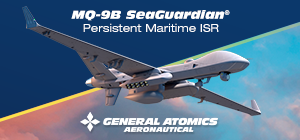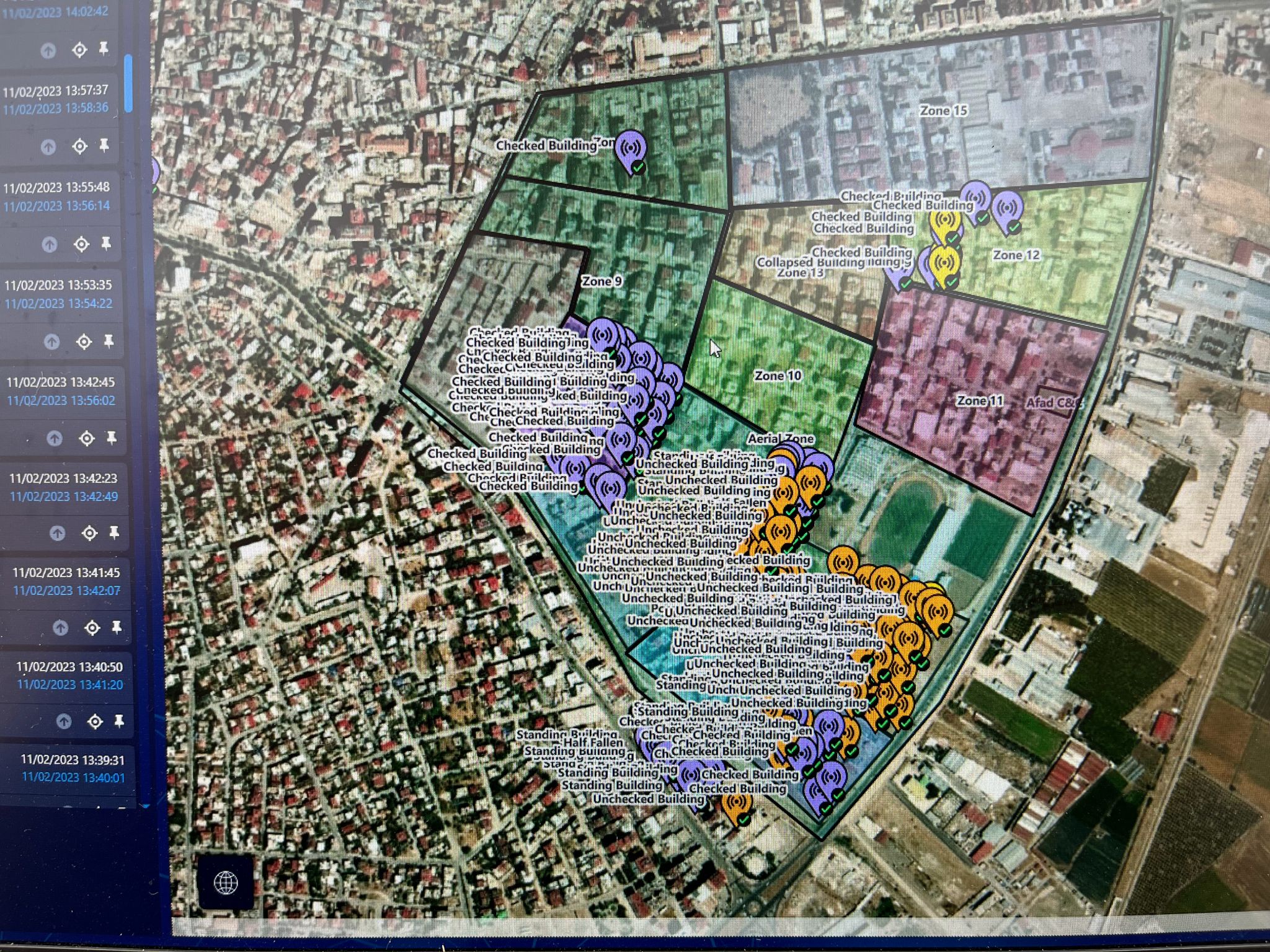
Magal Solutions has a rich history spanning several decades, evolving from its origins as a government-owned entity to its current status as a leading homeland security provider. The company was initially established to develop advanced technologies for border protection, and its solutions have safeguarded most of Israel's borders over the years. Magal's business model is unique, combining in-house technology development with project execution and integration capabilities.
This versatility allows the company to maintain control over its R&D while also integrating various solutions and maintaining direct contact with end-users. Headquartered in Israel, where R&D, engineering, and primary manufacturing take place, Magal operates through seven subsidiaries worldwide, spanning from Mexico to India and the Middle East.
The company's primary focus is homeland security, with four main verticals: Border Protection, Perimeter Security for Strategic Sites, Seaports, and the Oil and Gas Industry.
FW MAG discussed all this with Arnon Bram, Magal’s CEO.
FW MAG: How did you see technology evolve over time? What has been changing over the last decades?
A. Bram: The evolution of security technology for strategic sites, borders, and seaports has been driven by the need to provide advanced warning, minimize false alarms, and enable rapid, accurate responses to threats. Initially, security relied on physical obstacles and human patrols. Over time, a wide array of sensors emerged, including electronic fences, accelerometers, acoustic sensors, cameras, and radars. However, this proliferation of technology led to information overload for users.
The latest phase in this evolution leverages AI and data analytics, combined with increased computational power, to intelligently process data from multiple sensors. This integration allows for more accurate and timely information delivery to end-users, addressing the challenges of information overload and false alarms. Interestingly, the defence industry, once at the forefront of technological innovation, now increasingly adopts and adapts technologies from the commercial high-tech sector. This shift is exemplified by the automotive industry, where sophisticated sensor systems developed for civilian use are now being repurposed for defence and homeland security applications.
The current trend focuses on integrating AI and advanced computing to present information to users in the most accessible way. Additionally, the rise of defence tech startups is bringing rapid innovation to the traditionally slower-moving defence market. These companies are introducing new technologies at a faster pace, challenging the industry to incorporate these innovations effectively. Magal, as a player in this field, is actively working to harness these technological advancements and integrate them into traditional defence and homeland security solutions, navigating the exciting challenges presented by this rapidly evolving landscape.
FW MAG: What capabilities do you need to secure from small, granular infrastructure up to a border that can be very large? You secure airports as well as entire state borders in Israel, Mexico, India…
A. Bram: The approach to security solutions varies significantly between different types of facilities. For airports, seaports, and oil and gas installations, security is a necessary compliance measure, but not the primary focus. These profit-driven organizations seek cost-effective solutions that meet regulatory requirements while minimizing investment. In contrast, border security, whether managed by border police or the military, demands a more robust and scalable approach. These organizations are willing to invest more in high-end technology for comprehensive protection.
The core of any effective security solution is software-based, specifically a command-and-control system that integrates various technologies and provides accessible information, including through mobile devices. This principle applies across all site types, but the implementation differs based on the client's needs and priorities. Magal Solutions' advantage lies in its 60-year diverse experience across various customer types, from military to commercial facilities. This breadth of experience allows the company to understand different client needs and adapt its solutions accordingly.
For military or border protection clients, Magal offers defense-standard solutions with advanced technology. For commercial clients like airports or seaports, the company utilizes more off-the-shelf, civil-standard solutions, adjusting their systems to provide the necessary flexibility. This adaptability, combined with our proprietary command and control software, enables Magal to tailor solutions to each customer's specific requirements and budget constraints.
FW MAG: Can you integrate your solution into a battle management system as well, for example?
A. Bram: Yes, we possess our proprietary software and we can integrate everything. Our systems are designed to “talk” to other software systems and/or to sensors directly. The extent to which this is done, and the comprehensiveness of the solution depend on the requirements and on the budget you can pledge.
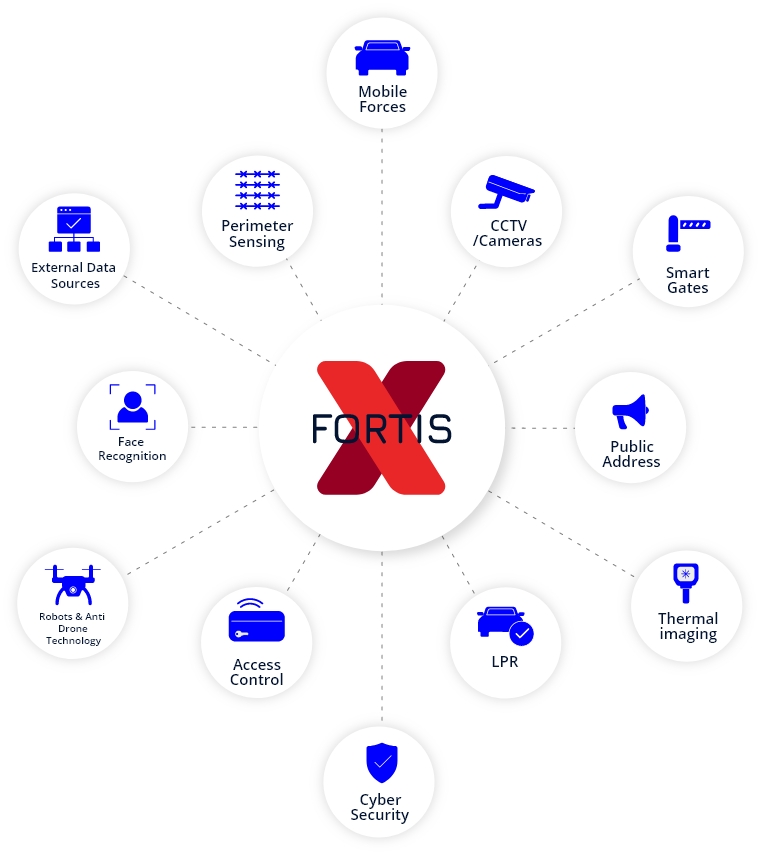
FW MAG: How do you guarantee a sound performance in different environmental and climate conditions? How do you select the best architecture and sensors?
A. Bram: Over the past six decades, Magal Solutions has gained extensive global experience, allowing us to tailor our security solutions to meet diverse customer needs across various environments. Our approach prioritizes understanding the unique challenges posed by different settings, from urban prisons to remote desert facilities. The environment and weather conditions are primary factors we consider when designing our security systems. For instance, protecting a prison in a bustling city, with nearby traffic and pedestrians, requires a vastly different approach compared to securing a facility in a quiet desert location.
These contrasting scenarios demand distinct technologies and sensitivity levels in our systems. Our customer-oriented approach begins with a comprehensive site survey and risk assessment. This process allows us to thoroughly understand the environment, weather conditions, and specific risks that need mitigation. Based on this analysis, we craft a tailored solution that addresses the unique challenges of each site. One notable example of our adaptive technology is our DTR fence, a top wire fence system. It is the only system worldwide capable of withstanding wind speeds over 100 km/h without triggering false alarms. In fact, it averages just one false alarm every three months, demonstrating its exceptional reliability across diverse environments, from snowy regions to desert landscapes. Our ability to adapt to various terrains is crucial.
In mountainous or heavily forested areas where traditional fencing is impractical, we employ alternative sensor technologies, leveraging more on infrared sensors, different radar fences, etc. Similarly, in dense jungles where drone surveillance is ineffective, we develop innovative ground-based solutions to ensure comprehensive security coverage. Furthermore, the fact that we are part of Aeronautics and Rafael group, gives an accessibility to plenty of different solutions (UAVs, sensors, technologies, etc.) in a direct, easy way.
Since we belong to the group the magnitude of technology that we can offer to our customers is significantly higher, and we also learn together. We are bringing our experience throughout technology and we're learning from the group technology, and we combine the solutions together. I think that this puts us and the group in a totally different scale of offering that we can propose to customers. Whether it is a unique environmental challenge or a specific operational need, our experience and technological prowess enable us to create bespoke security solutions that precisely match our clients' requirements.
FW MAG: What are the most promising technologies in the segment of specialized sensors?
A. Bram: I think that today there are fascinating developments in all sectors and subsectors. The progress achieved over the last few years in electro-optical sensors, artificial intelligence, video analytics, for example, are amazing. Radars became smaller and much more sensitive, and their ability to identify a threat is much higher. Acoustic sensors too, are becoming accurate and miniaturised, with numerous fascinating developments, and I could tell the same about the improvements in the performance of accelerometers…
So, I think technology is advancing at a rapid pace, never seen before, and the main challenge is how do you combine these types of technologies and you combine and analyse so much data, at the right time, selecting the right information. We are fortunate that the technology is advancing at this pace, and we are able to utilize it, and to have easier access to it compared to the past. But it gives us a big challenge, too, because you need to be very smart and creative to select the most appropriate technologies and merge them to obtain the best performing solution. For instance, you may be tempted to bring a too complex solution to the customer, just because you have the possibility to master plenty of solutions, but then you risk having an overwhelming system for the capabilities of the customer.
Unlike the past, you do not need to search for a silver bullet, it is the opposite. Within the wide range of available options, the true expertise is about understanding exactly the environment, the user, the type of threat, in order to combine the right technology with the right solution for the customer. This is also why we are proud of our long experience, as it makes the difference in this sense.
FW MAG: This means that Magal will become an even more technology-oriented company?
A. Bram: Absolutely! Our R&D and engineering departments are much larger than just a few years ago, and we need to keep up investment at unprecedented levels. This notwithstanding, you see that per the points we discussed, it looks like it is never enough… In fact, the challenge is to select the right areas of investment, you need to predict the market both in terms of evolution of customer requirements and of new solutions you can propose to be in line with the key technology trends. Once again, I believe that in this specific phase it is an advantage to be part of an industrial conglomerate. It gives us the opportunity to look in multiple directions at the same time, as we can have our own surveys, R&D, developments, but also leverage on what the other companies are working on.
FW MAG: Thank you for your insights!
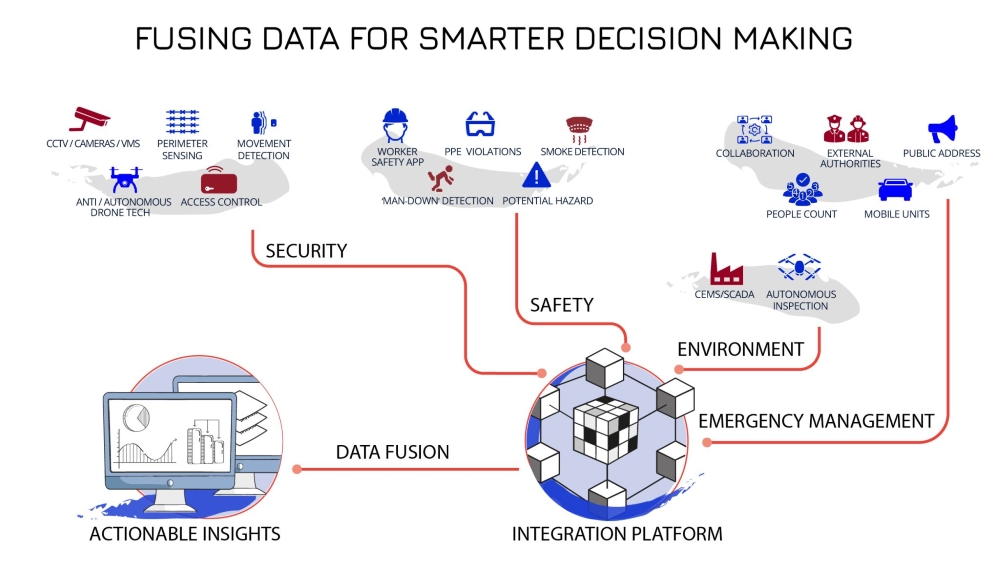




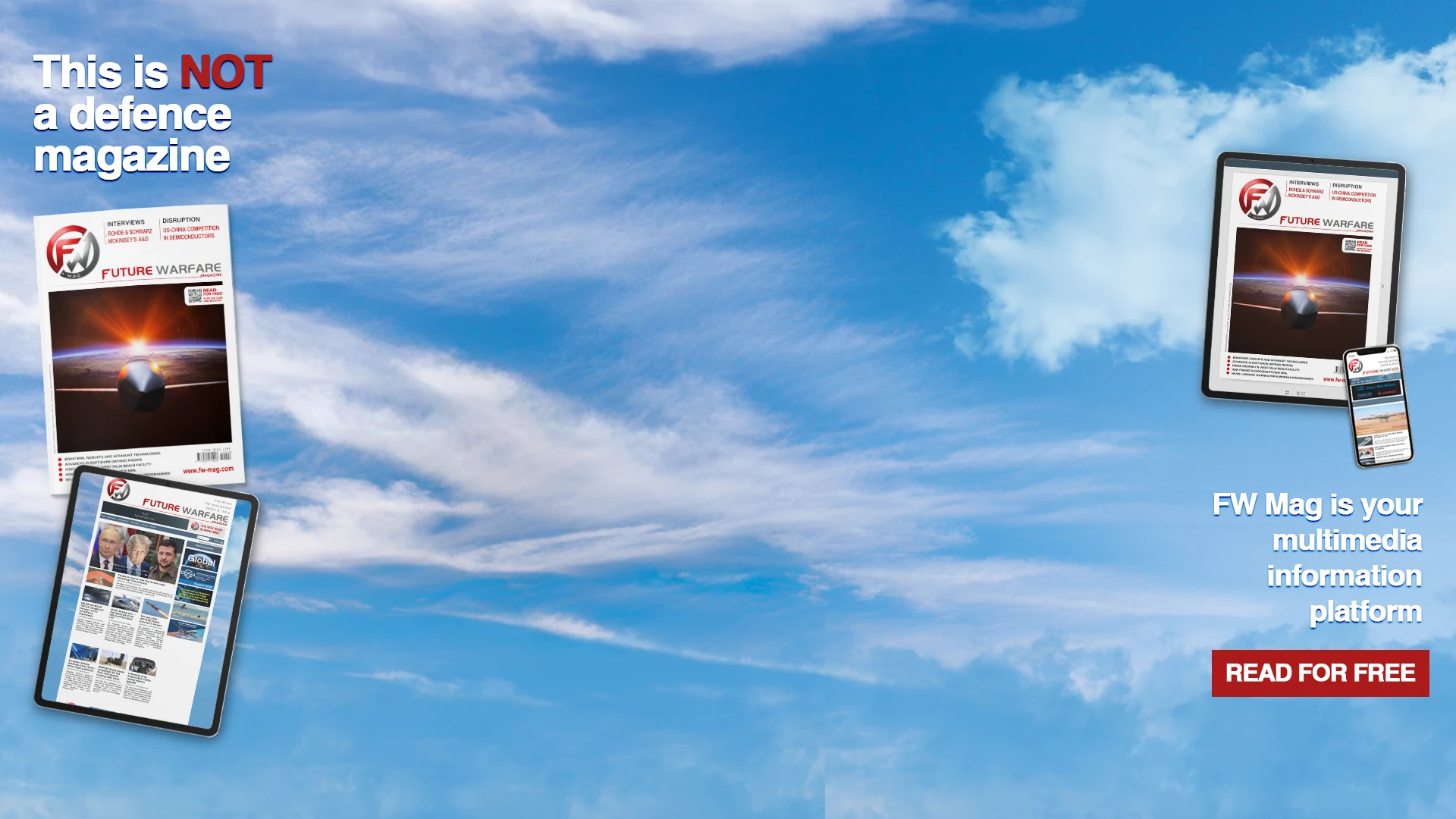



.png)
